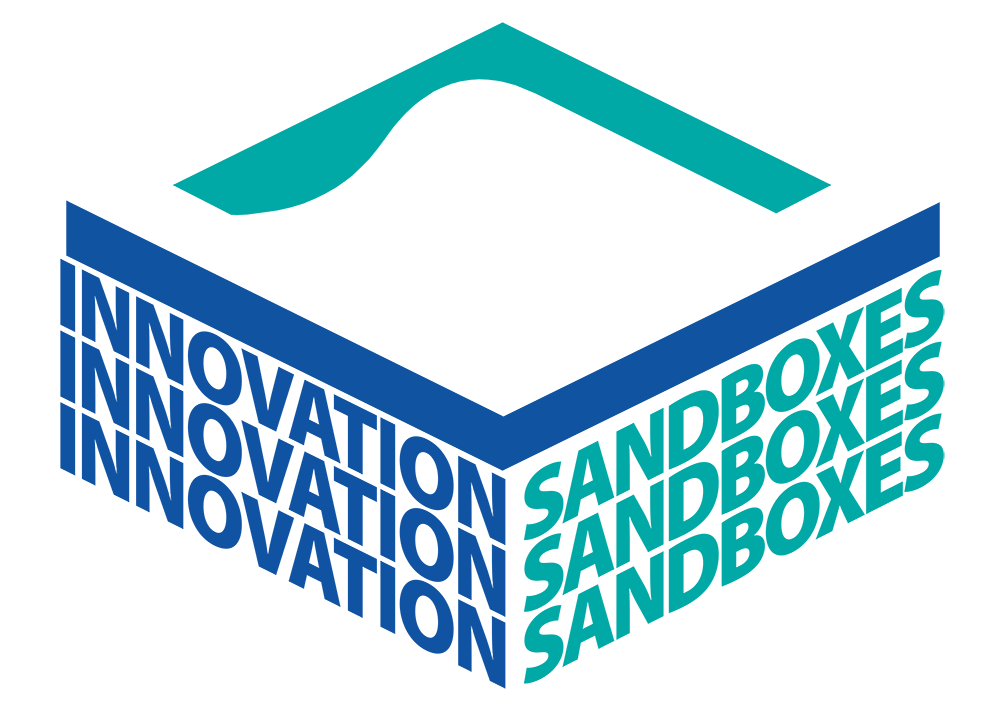TORONTO, July 28th, 2020 – Last month, Pollution Probe and QUEST launched the Innovation Sandboxes project: a collaboration focused on supporting the rapid and efficient greening of Canada’s electricity and natural gas systems through a process of controlled innovation. Today, we release the first Innovation Sandboxes project report: Enter the Sandbox: Developing Innovations Sandboxes for the Energy Sector.
Canada’s energy systems can benefit enormously from innovation, but the complexities of these systems mean many factors must be carefully considered along the way. Allowing for adaptations to energy regulatory and policy frameworks and the inclusion of both utilities and non-traditional energy players while making sure consumers are protected at all times can be challenging. Innovation Sandboxes have emerged as a promising policy tool that can deal effectively with uncertainty while balancing both innovation and consumer needs.
In our new report, we looked at Sandboxes that have been implemented or are being developed in other parts of the world. Drawing on the lessons learned and insights gained during the development of these international projects provides invaluable guidance for how Canada can design and develop its own effective Innovation Sandboxes.
Some of our key findings:
- Innovation Sandboxes operate on a learning-by-doing principle, bringing together all stakeholders involved in an energy system to address any and all non-technological factors that might be holding back innovation and progress. They can drive the vital institutional change needed to foster innovation by facilitating knowledge exchange at multiple levels, informing public policy and providing insights for better decision-making.
- The design and structure of Innovation Sandboxes is all-important. As the report emphasizes, only well-designed Innovation Sandboxes operate efficiently. There is also no “one type” of Innovation Sandbox, nor can a Sandbox developed for a certain region be used effectively in another. Each needs to be tailored to the specific context of the jurisdiction it will operate within and the specific goals involved.
- Innovation Sandboxes can be developed by governments and regulators — in some cases both — to meet specific policy outcomes. (In only one instance – Belgium – was the sandbox initiated by utilities.) Innovation Sandboxes also consider diverse energy sources: the focus has tended to be on the electricity system, but natural gas as well as transportation systems and electric vehicles also feature.
- Successful Innovation Sandboxes prioritize ongoing learning and emphasize collaboration, transparency and knowledge sharing as well as the need for a broader culture of innovation and leadership.
- Our research shows that regulators’ roles will need to change in order to be part of the energy future.
Regulators need to be part of the solution in facilitating low-carbon innovation and in working with new players. Innovation Sandboxes provide a powerful way for regulators to embrace their new role safely and transparently. They enable them to develop enquiry services, which is most crucial for new entrants. Dissociating regulatory activities from guidance activities is essential and requires that enquiry services come with some liability considerations. Innovation Sandboxes also help regulators to engage new stakeholders, and in a different way. Non-energy traditional players do not speak the regulator’s language and feel overwhelmed by the regulatory ‘machine.’
-Richard Carlson, Pollution Probe Director of Energy Policy
The jurisdictional scan we conducted demonstrates that Innovation Sandboxes are an effective tool. They ensure that the energy transition is as fast and effective as possible, while protecting those parts of the current system that continue to provide value, and ensuring that durable long term frameworks for innovation are created.
-Tonja Leach, QUEST Executive Director
QUEST and Pollution Probe will continue working with provincial, territorial, and federal policymakers, regulators, and other stakeholders to develop tailored foundational Innovation Sandboxes frameworks that will promote long-lasting conditions for innovation.
We’ll be discussing the highlights and key findings of the report at 2 upcoming webinars – an English version on September 16 (register here!) and a French version on September 17 (register here!)
For more information on the project, visit the Project page and join our mailing list to be the first to receive news and updates.
ABOUT POLLUTION PROBE
Pollution Probe is a national, not-for-profit, charitable organization which is improving the health and well-being of Canadians by advancing policy that achieves positive, tangible environmental change. It is a leader in building successful partnerships with industry and government to develop practical solutions for shared environmental challenges.
ABOUT QUEST
QUEST is a national non-government organization that works to accelerate the adoption of efficient and integrated community-scale energy systems in Canada by informing, inspiring, and connecting decision-makers. The organization commissions research, communicates best practices, convenes government, utility, and private-sector leaders, and works directly with local authorities to implement on-the-ground solutions. QUEST recognizes communities that have embraced these principles by referring to them as Smart Energy Communities.
For more information contact:
Sabah Ibrahim
Research and Communications Coordinator, Pollution Probe
sibrahim@pollutionprobe.org

